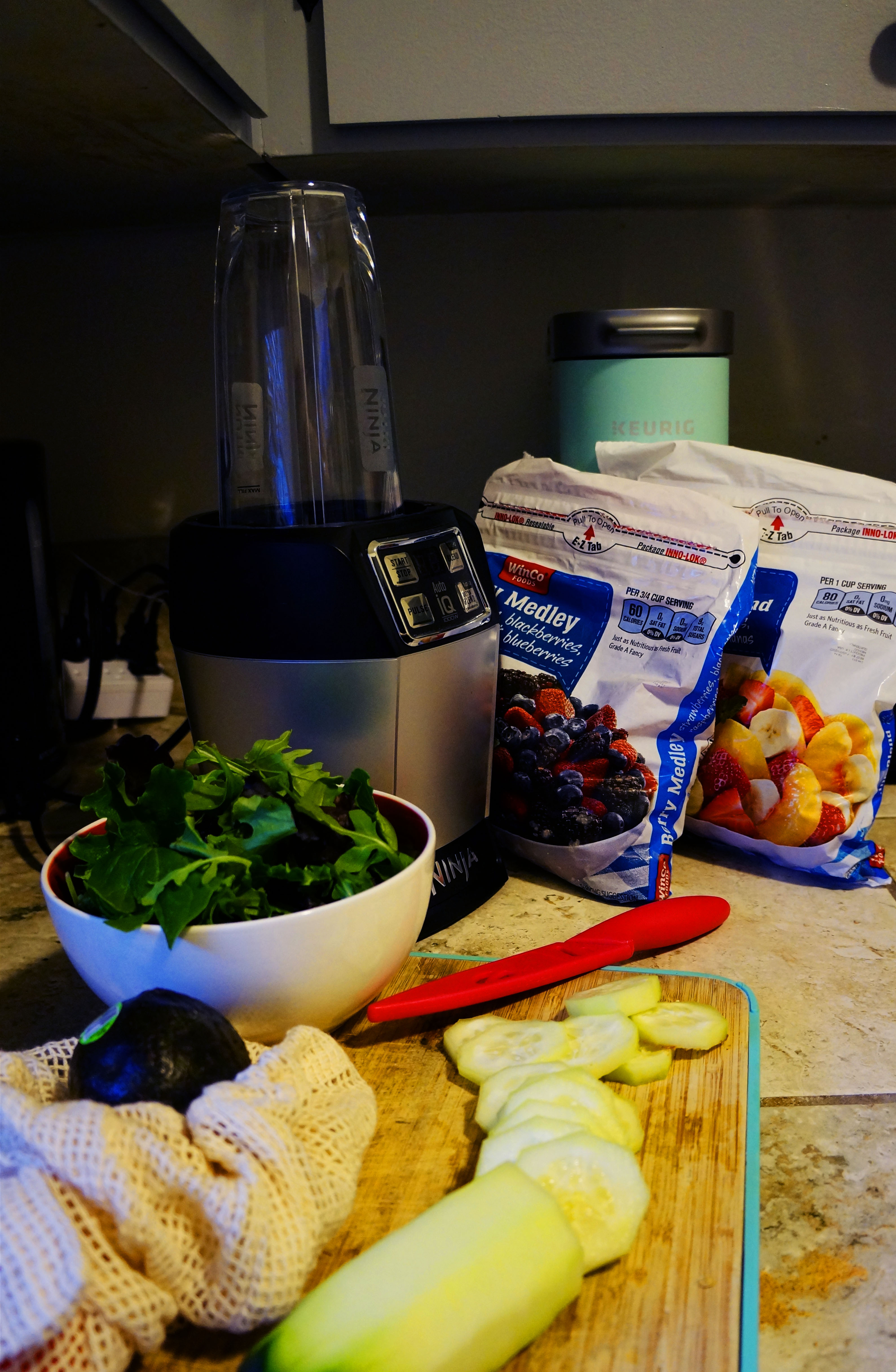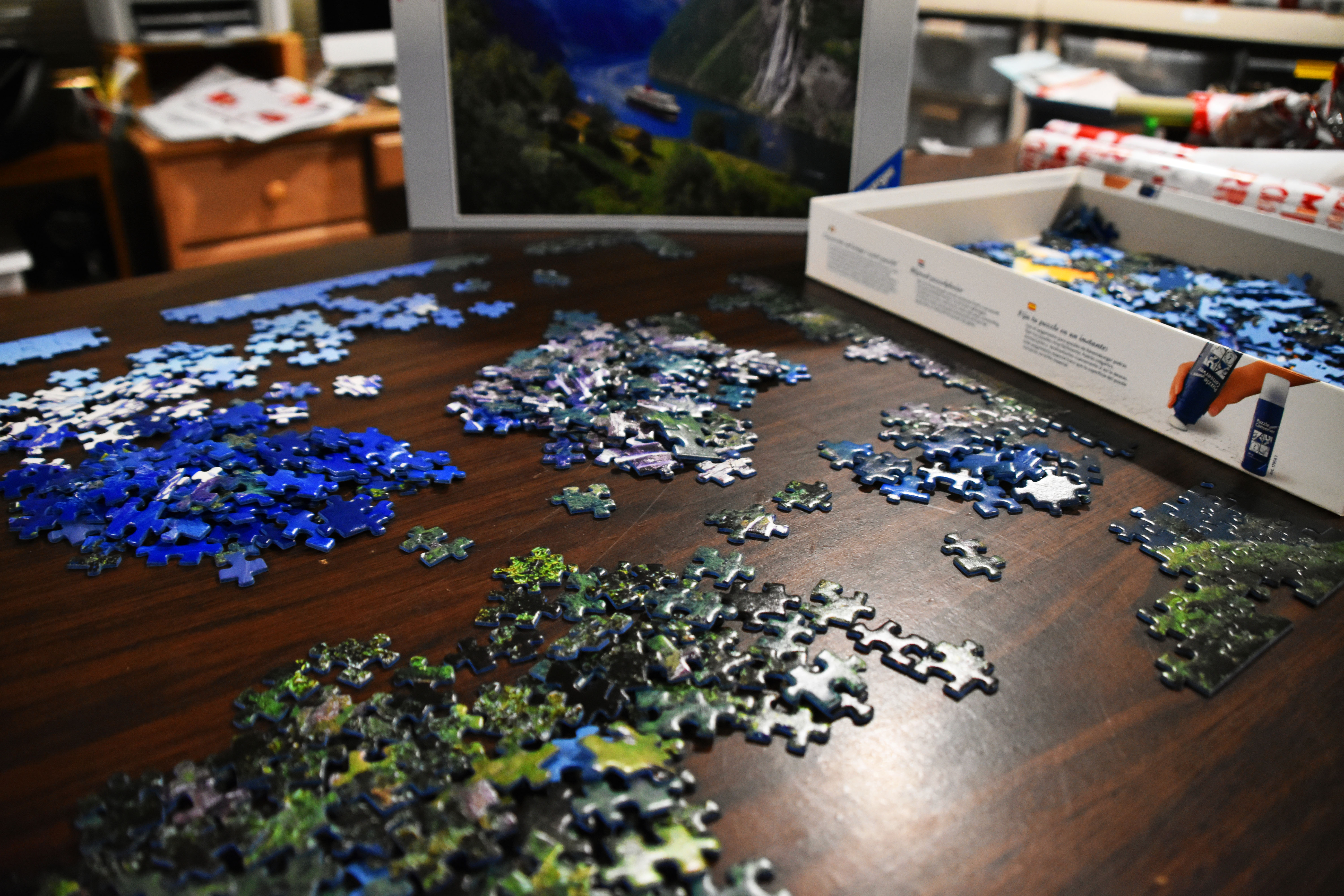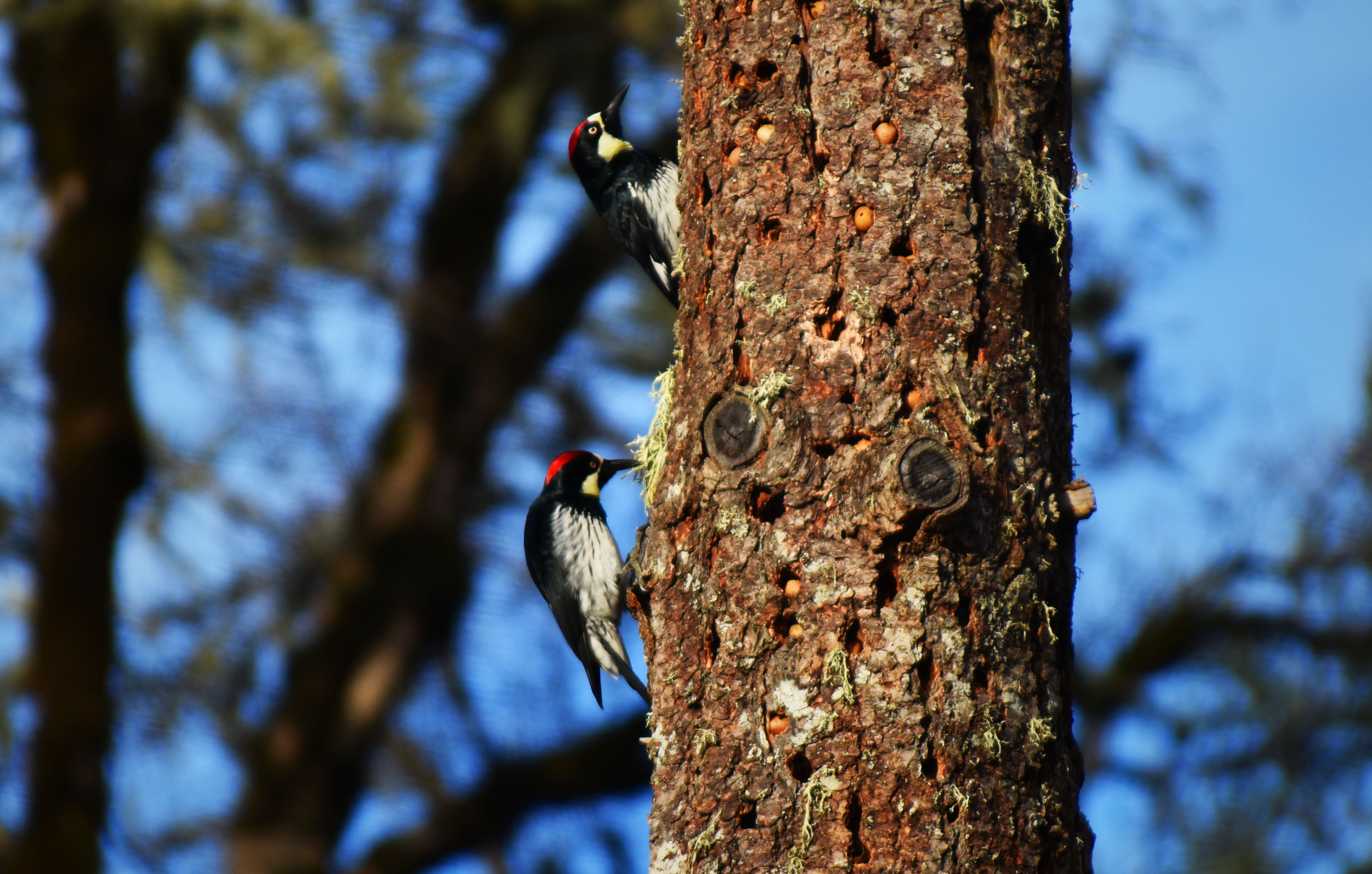The Western Howl’s favorite holiday traditions
The Western Howl Collective
Every family celebrates the holidays differently, and the staff at The Western Howl are no exception. Though some traditions may be affected by COVID-19 this year, the memories of past celebrations can carry us through whatever this December brings. Here are our staff’s personal family traditions, and we hope this holiday season brings comfort and joy to all.
Stephanie Moschella
On every Christmas Eve, my entire family would go to my grandmother’s house to spend the day there. Afterwards, we would go home, open one singular present before going to bed. Then, on Christmas Day, my immediate family would open all of our presents, eat some fast food (usually Taco Bell or Jack in the Box) and then head over to my grandfather’s house. It is always a busy couple of days, but a great way to make it feel like you’re receiving, giving and opening a lot more presents!
Cora McClain
For my family, Christmas Eve is taken up by wrapping presents while “White Christmas” plays in the background. Come Christmas morning, all that wrapping (and stockings, which we always do first) has been undone, then it’s time for a full breakfast feast. Afterwards, we get ready and zoom down to my great aunt’s house, where the family (10 to 14 of us) gathers often. Following a potluck feast of festive foods, we move upstairs for dessert ⏤ often the grandchildren serving the grans ⏤ and open Christmas poppers. When these little wrapped cylinders pop open, a paper crown, little toy or game and joke fly out. The rest of the evening we play the games and read the jokes out loud while wearing our crowns and eating homemade apple pie.
Rylie Horrall
On Christmas Eve, my family goes up to my grandparents house (on my dad’s side) and we chat and have a big dinner with some extended family. Then we do gifts before everyone heads home to put their kids to bed. My family and I take shifts in the living room to wrap presents ⏤ since we can’t do it all at once ⏤ before going to bed. In the morning, my dad wakes us all up and gives us coffee, then we open our presents before heading to my grandparents’ (mom’s side) house to do the same thing. Then we head home, eat brunch and watch Christmas movies before heading back over there for dinner and games!
Sydney Carpenter
During the holiday season, my family has always done one of those chocolate advent calendars that count down the days ’till Christmas. Each year, my dad and I go to our local supermarket and pick one that has the numbers scattered rather than in order, because that makes it a little more challenging to find. At night, my dad and I sit in the living room and search for the hidden number. When I was younger, I was allowed to eat the entire piece of chocolate after we found it; but sharing is caring y’all, it’s the season of giving. Now, when we find it we always split the chocolate in half.
Kyle Morden
The holiday season is full of many festivities for my family — it’s our favorite season. During the first week of December, there’s a birthday for us to celebrate from Dec. 1 to Dec. 10. I’m not entirely sure how our birthdays were lined up like that, but it happened — at least we can annoy our neighbors by blasting our karaoke machine for more than a week. My family also celebrates Christmas and New Years by having parties at my grandparents’ house; once again, we blast our karaoke machine. Basically, my entire family sings throughout the holiday season — it’s the best way for us to let it all go after a long and stressful year.
Allison Vanderzanden
A few weeks before Christmas, my family goes out to cut down a tree, and we spend the day listening to Christmas CDs and decorating the entire house. On Christmas Day, my parents have always made us wait to open presents until after church and breakfast cinnamon rolls. We all spend the morning opening presents — my husky included as she loves to tear up tissue paper — then we usually spend a couple hours setting up our new electronics or playing a new game. We have ham for dinner, but usually skip dessert as my birthday is the following day and my sibling’s the next, and we know we’ll have plenty of cake to get through.
Natalie Dean
Besides the normal stockings and tree decorating, my family comes together through cooking, normally for big holiday dinners. We’ll make a bunch of dishes through the month, and normally there’s a few people helping cook by cutting vegetables or making sure the kitchen doesn’t burn down. Some staple menu items include roasts and stews, cornbread or banana bread, carrot cake and pumpkin pie, fried okra and gumbo. My mom’s birthday is mid-December and we celebrate as a family and make sure it feels special but distinct from Christmas Day. For Christmas Eve, we relax with hot cocoa and each open one gift. At some point, I make my brother help me bake cookies for Santa. We wake up early on Christmas Day to grab coffee and make breakfast, and then open presents together.
Sean Martinez
On Christmas Eve, my mom and I sit down and watch a new movie that neither of us have seen, followed by “A Charlie Brown Christmas.” Then on Christmas Day, my mom and I have our own little gift exchange, before heading over to my grandma and grandpa’s house to celebrate with the family. Every year, it’s me and Mom, my grandparents, my uncle and my cousins. We always open our presents around noon, have lunch and spend the rest of the day just chatting with the TV on in the background.
Kiara Wehrenberg
The holidays usually always look a little different every year, but they always include time with the family! Every year would include me, my dad and other family members coming together at my grandmother’s house Christmas Day to eat dinner together and open presents. The Christmas season also includes plenty of movies like “How the Grinch Stole Christmas!” and “A Christmas Story” with a cup of hot cocoa.








